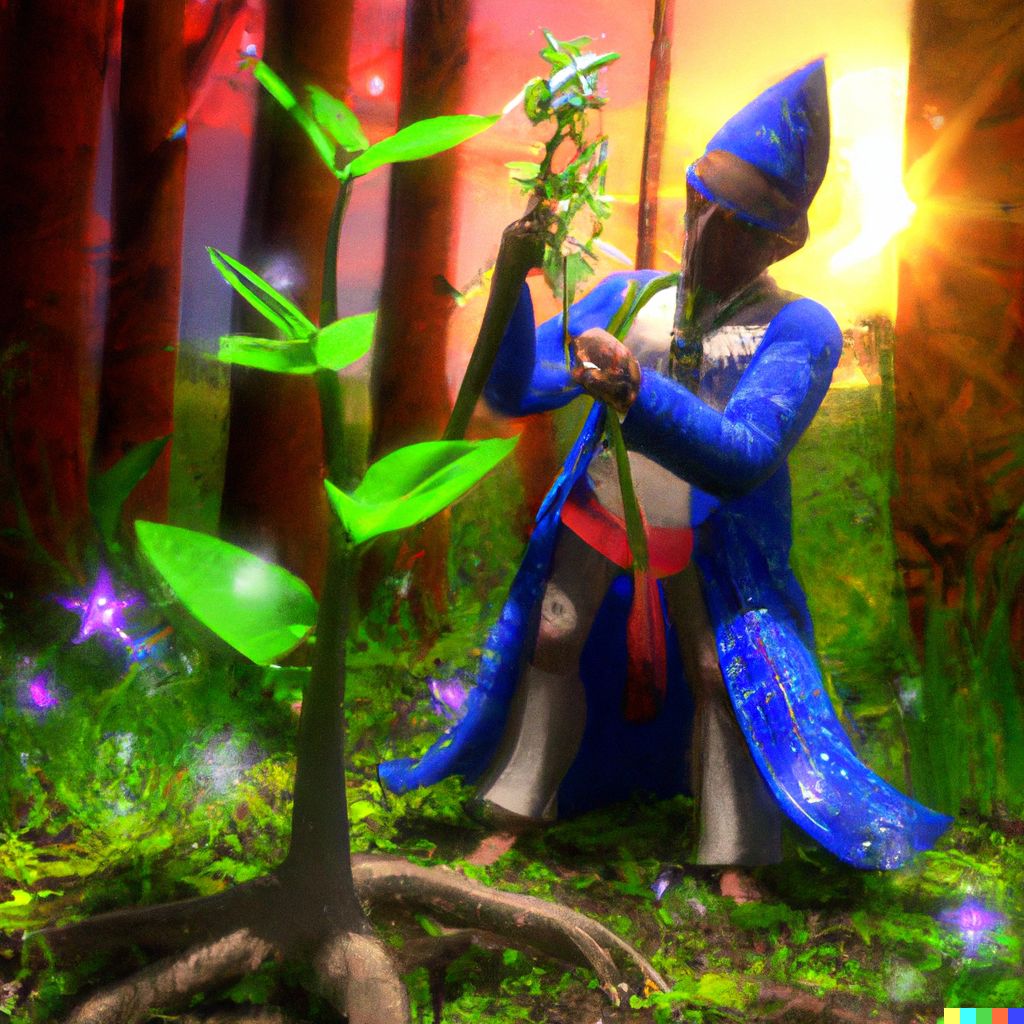What is better, LED or HPS?

How does light affect the growth of cannabis?
Light is a crucial factor in the growth of plants. Plants use light as a source of energy to convert carbon dioxide and water into glucose through the process of photosynthesis. The light spectrum, intensity, and duration all affect plant growth, development, and overall health.
Plants require a certain amount of light to thrive and grow, but too much light can be harmful. Different plant species have varying light requirements, and it is important to provide the right amount of light for a specific plant in order to ensure its growth and development.
In general, plants require light in the blue and red parts of the spectrum for healthy growth. Blue light is essential for the growth of leaves, while red light is important for the development of flowers and fruit. However, too much light can cause plants to dry out and become damaged.
Understanding the lingo
Photons – Photons are essentially light energy and as such, they are a key component in photosynthesis. Plants capture photons (light energy) through their chloroplasts. Once light energy is captured, plants use it to create chemical molecules that convert carbon dioxide into food.
Lux – A lux is the light from one candle at one meter away spread over a square area one-meter wide. Direct sunlight is approximately 32,000 to 100,000 lux.
Remember: Lumens are for humans, PAR is for plants.
Lumens – Lumens is a measure of how bright a light will appear to the human eye, not how well an LED light will grow plants. Although a good way to measure metal halide, high-pressure sodium, t5, and CFL lights, lumens will not accurately describe the growing ability of the LED grow light.
PAR – Photosynthetic Active Radiation – what plants require for photosynthesis – Plants are sensitive to wavelengths of 400nm – 700nm.
These wavelengths of light are often described as the PAR area
PPFD – Photosynthetic Photon Flux Density. The number of photons reaching the plant is more important than the energy of the photons themselves. Red – having a longer wavelength carries more photons than blue – and so is considered more effective in promoting photosynthesis
YPFD – Yield Photosynthetic flux density. Not each photon equally contributes to photosynthetic activity. Therefore if the exact response of a plant is to be considered –then a more accurate measurement is required. YPFD – also known as weighted spectrum
DLI – Daily light integral – the number of photons falling on a square m in one day – each plant has different requirements – these range between 6-18 μmols/m2/day DLI = PPFD x light hours per day x (3600/1000,000)
What is the difference between growing cannnabis with LED and HPS lights
LED and HPS lights are two types of lighting technologies that are commonly used for growing cannabis. Understanding the differences between these two types of lights is important for growers who want to choose the best lighting solution for their cannabis plants.
HPS, or high-pressure sodium, lights are a type of traditional lighting technology that have been used for cannabis cultivation for many years. They are known for producing a high amount of light intensity and are often used in the flowering stage of cannabis growth. However, they are also known for generating a lot of heat and requiring frequent bulb replacements.
LED, or light-emitting diode, lights are a newer lighting technology that has gained popularity in the cannabis industry in recent years. LED lights are known for their energy efficiency and low heat output, making them a more sustainable and user-friendly option for cannabis cultivation. They are also known for producing a full spectrum of light, which can be beneficial for promoting healthy plant growth.
One major difference between LED and HPS lights is their energy efficiency. LED lights are known for their low energy consumption, making them a more sustainable and cost-effective option for cannabis cultivation. HPS lights, on the other hand, are known for their high energy consumption and can result in higher energy bills for growers.
Another difference between these two types of lights is their heat output. HPS lights are known for generating a lot of heat, which can be problematic for cannabis cultivation, as high temperatures can lead to stress on the plants and reduce their yield. LED lights, on the other hand, are known for their low heat output, making them a more suitable option for cannabis cultivation.
In conclusion, LED and HPS lights are two types of lighting technologies that are commonly used for growing cannabis. LED lights are known for their energy efficiency, low heat output, and full spectrum of light, while HPS lights are known for their high light intensity but also high heat output and energy consumption. Understanding the differences between these two types of lights is important for growers who want to choose the best lighting solution for their cannabis plants.


